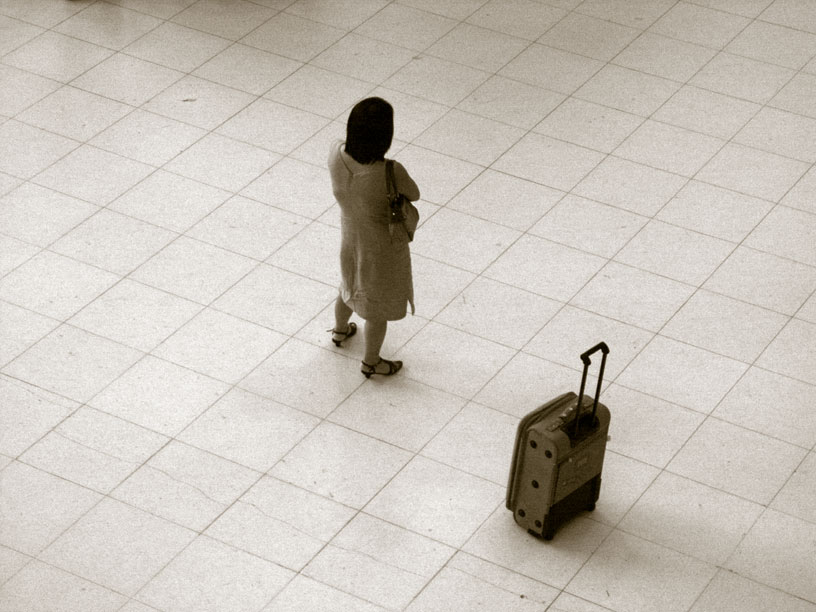kuuan
loves old lenses
oh, there are at least two stories that you are thinking of, this strong image certainly can tell many stories, they are all there in your head 😉A man standing in front of a tank, he could be a tourist or he could be talking to someone inside the tank..
this is true if you accept the 'factual' story only, which in the case of a singular historic event as during the protests at Tiananmen square, certainly needs words to be told.My own opinion remains unchanged, that a single photo cannot tell a story on its own.
if the story evoked by the photo is based on commonly shared experience or knowledge chance is that most viewers will agree on one story which is the factual too.
I give it a try:

"anecdote", a word named as synonym for 'story' in the link provided in the original post, for indicating a 'short story', might fit better though








